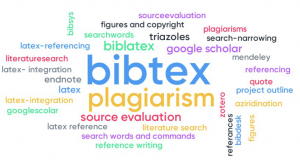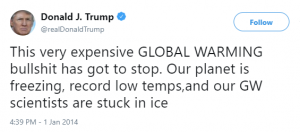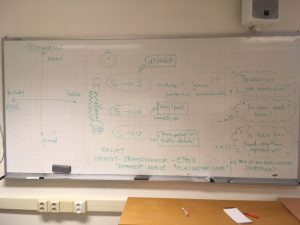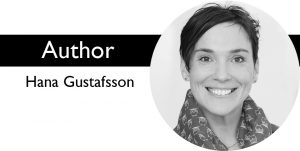CHALLENGE TRADITION. Scientific communication for engineers (SPRÅK3501) is a very popular course with a long tradition – so much so, that the number of seats on the course have to be limited. Every year, the course registration requires several months of hard work as many students are rushing to sign up. In order to meet NTNU’s ever increasing call for quality publications and outreach, we took the challenge and revised the course.
Want to communicate science? Learn from Sheldon how not to do it
One of the first activities in the course was the analysis of an excerpt from the Big Bang Theory series – to show a concrete example of a failure to connect with an audience when communicating research. This activity is the essence of the new approach of the course. It sees research communication as a multimodal activity (both written and spoken, but also embodied). Students are trained to identify opportunities for research communication in everyday life, and to analyze the different kinds of audiences they encounter both within and outside of academia. The Big Bang activity also illustrates the teaching approach: students are not told things, they are led to discover them.
So what’s new?
Firstly, it’s the detective work finding out about our students’ needs regarding research communication. We have run a Needs Analysis survey; the findings have directly informed the course design, and particularly the obligatory assignments (project reports and oral presentations of own project). Secondly, it’s the course design and teaching approach. We are building on social-constructivist approaches to education, where effective learning is constructive (you build on what you already know), contextualized (you learn in the context where you will use the knowledge and skills), collaborative (you learn with others), and self-directed (you are in charge of your own learning). Such approach demands not only interactive teaching but also teaching techniques that activate students’ existing knowledge. To accommodate this approach, the 100-strong course is divided into 3 seminar groups of just over 30 students each. But primarily, what is new is the team of three teaching instructors, their combined expertise, and the ways in which they collaborate to make the course a success.

The teaching team: together we’re strong
This year, the course is taught by two instructors from SEKOM, Hana Gustafsson (course leader) and Turi Marte Brandt Ånerud, joined by this year’s Fullbright teaching Assistant, Naomi Kellogg. Among us, we have a broad range of expertise and experience, such as teaching writing and oral presentations, publishing in scientific outlets, outreach, theory-informed teaching and digital learning tools. We also have an interdisciplinary perspective, which is rooted in our formal education in the humanities and natural sciences, but also in our work experience within and with different disciplines. All these areas are highly relevant to this course, and they are put to good use through tight collaboration of the three instructors.
A section to watch
These are exciting times for SPRÅK3501 as SEKOM is developing and piloting its approach to research communication within and out of academia. Like all of SEKOM’s activities, also this course feeds not only into teaching but also into publication- and outreach activities. So whether you’re a student or faculty at NTNU, keep an eye on our activities – and get in touch. There is much more where this came from.


